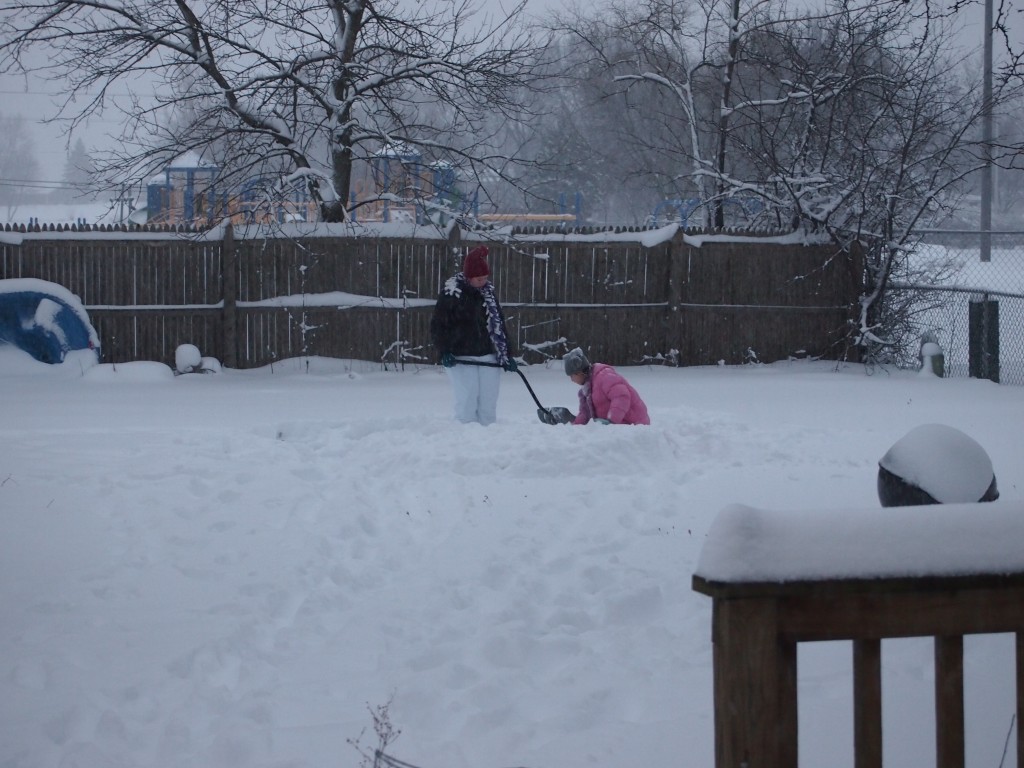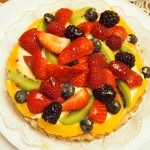Memory is unreliable, so keep a diary. Or so I read once in an article about planning and executing a months-long trip. Memory is unreliable, of course, but written accounts aren’t always much help either.
On March 6, 1981, I was in Durham, NC, on spring break and wrote: “We all went to a North Carolina Mexican restaurant, which wasn’t bad. Better than El Sol in Logan [Logan, Utah, where I’d been the year before, and which featured cinnamon in its enchiladas, if I remember right]. The place was divided into the Cosmopolitan Room and the Fiesta Room, or something like that, and one was mainly a bar, though you can eat there, which we did. It had a television on the wall.
“Since we were there from roughly 6:15 to 7:15, Walter Cronkite’s last news program was on. During his final words, the whole place was watching, maybe a dozen people. I’ve never watched his broadcasts that much, but I think he wrapped it up with style.”
I don’t remember a thing about that nameless Mexican restaurant, what I ate, or what my friends – Neal and Stewart – and I might have talked about. So much for the efficacy of diaries as a memory aid, at least in this case. I vaguely remember the quiet of the place, with everyone watching a communal television event that would never happen now (who cares about network news anymore?). But if I had to cite any of Cronkite’s words, I couldn’t, except for “that’s the way it is,” because he always said that.
It was a fluke that I saw it. I didn’t have a TV in my dorm room, didn’t know anyone who did, and probably won’t have ventured down to the common room — which had a TV — to watch it there, had I been on campus that day. We were staying with Neal’s parents during that trip, and I don’t remember watching much TV there, either (though I did read most of Helter Skelter there).
Naturally, in the age of YouTube, you can see it again if you want. I agree with my original assessment of the sign off.
I thought of Cronkite’s last sign off on Saturday when I spotted a small error in the pilot episode of The Americans, which I started watching because I saw it described as “a period piece about Russian spies in America.” The period turned out not to be the height of the Cold War, but the late Cold War setting of 1981. No, I thought, it can’t be a period piece if I remember the period as more or less an adult. But I guess that isn’t true anymore.
Anyway, it’s a pretty good spy yarn, more interesting because the spies in question are sleeper Soviet agents who pass as middle-class Americans (with convenient orders to converse only in English, even among themselves). The small error was in passing. The scene showed a television, and Walter Cronkite was delivering the news. The show is clearly set in the spring of 1981, April at least and probably May. Cronkite was gone after March 6.


